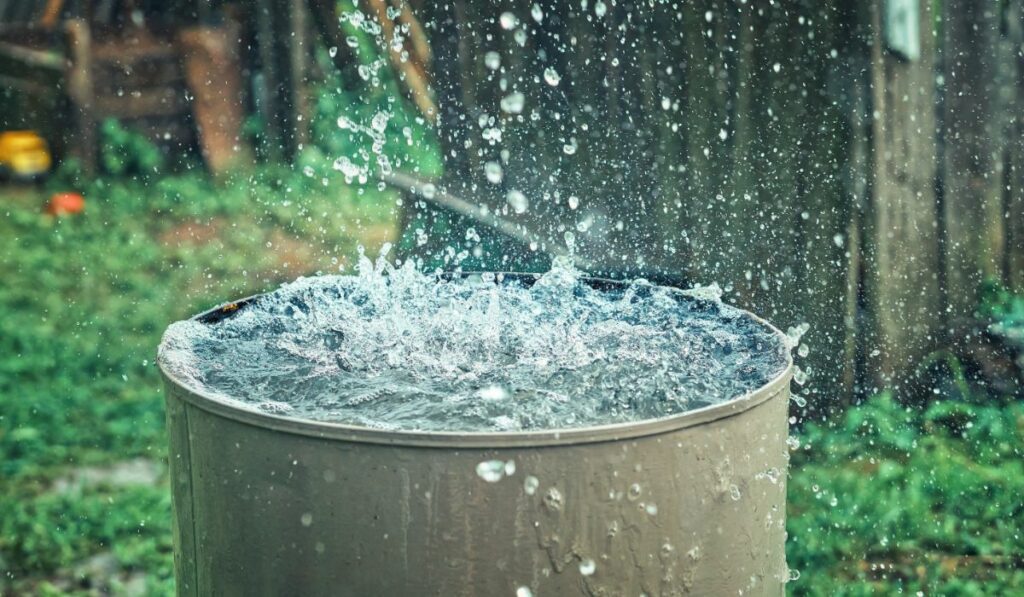Living sustainably isn’t just a choice for us—it’s a lifestyle we’ve embraced on our homestead. Over the years, we’ve transformed our 15 acres into a self-reliant, eco-friendly haven using rainwater harvesting, solar power, and a range of sustainable practices. This is the story of how we made it happen and how you can too.
Why Sustainability Matters on the Homestead

Sustainability means creating a lifestyle that meets our needs without harming future generations. On a homestead, this translates to producing your own resources, reducing waste, and working with nature instead of against it.
The Long-Term Benefits of Sustainable Living
- Reduced utility bills and living expenses
- Better quality of life through fresh food and clean water
- Lower environmental impact and reduced carbon footprint
- Increased self-sufficiency during emergencies or supply shortages
Rainwater Harvesting: Our First Step Toward Self-Sufficiency
One of our earliest projects was installing a rainwater harvesting system. This allowed us to collect and store water for our garden, livestock, and household use.
How We Collect Rainwater
We installed gutters on our barn and outbuildings that funnel rainwater into large storage tanks. These tanks are connected to filters to ensure water is clean enough for irrigation and livestock.
Benefits of Rainwater Harvesting on a Homestead
- Reduces dependency on municipal or well water
- Provides a backup water source during droughts
- Saves money on water bills
- Helps conserve groundwater resources
Solar Power: Harnessing the Sun’s Energy
Solar power was the next logical step for us. Our panels now supply most of our electricity needs, from running kitchen appliances to powering water pumps.
How We Integrated Solar Energy into Our Homestead
We installed rooftop panels on our farmhouse and an additional ground-mounted system near our workshop. We also added battery storage so we can store excess power for nighttime use.
Why Solar Works So Well for Rural Living
- Minimal maintenance and long lifespan
- Energy independence from the power grid
- Reduced electricity costs over time
- A clean, renewable source of power
Composting and Waste Reduction
A key part of sustainable living is waste management. We turn all our organic kitchen scraps, garden waste, and livestock bedding into nutrient-rich compost.
How Composting Improves Soil Health
Compost replenishes soil nutrients naturally, reduces the need for chemical fertilizers, and helps the soil retain moisture—perfect for our vegetable gardens and fruit orchards.
Using Sustainable Building Materials
When we make improvements to our homestead, we prioritize eco-friendly materials like reclaimed wood, recycled metal roofing, and natural insulation.
Examples of Our Eco-Friendly Projects
- Building raised garden beds from salvaged wood
- Using recycled bricks for our outdoor cooking area
- Installing energy-efficient windows and doors
Other Ways We Stay Sustainable Year-Round
While rainwater harvesting and solar power are our big wins, we also use smaller daily practices to live greener.
Our Everyday Sustainability Habits
- Growing seasonal crops and preserving food
- Using natural cleaning products
- Rotating grazing areas for livestock to prevent overgrazing
- Planting trees and shrubs to encourage wildlife
FAQs
1. How much does it cost to set up a rainwater harvesting system?
Costs vary depending on storage capacity and filtration. A basic setup can start around $500, but larger systems with purification for household use may cost $2,000 or more.
2. Can solar panels power an entire homestead?
Yes, with the right number of panels and proper battery storage, solar can fully power a home, workshop, and even irrigation systems.
3. How do I start composting on my homestead?
Begin with a compost bin or pile. Add green materials (fruit peels, veggie scraps) and brown materials (leaves, straw) in layers, and turn the pile regularly for aeration.
4. Is it worth investing in eco-friendly building materials?
Yes. While they may cost more upfront, sustainable materials often last longer, require less maintenance, and reduce environmental impact.
5. How do you store rainwater for long periods without it going bad?
Use opaque, sealed tanks to block sunlight, which prevents algae growth. Adding a first-flush diverter and regular cleaning will keep water fresh.





